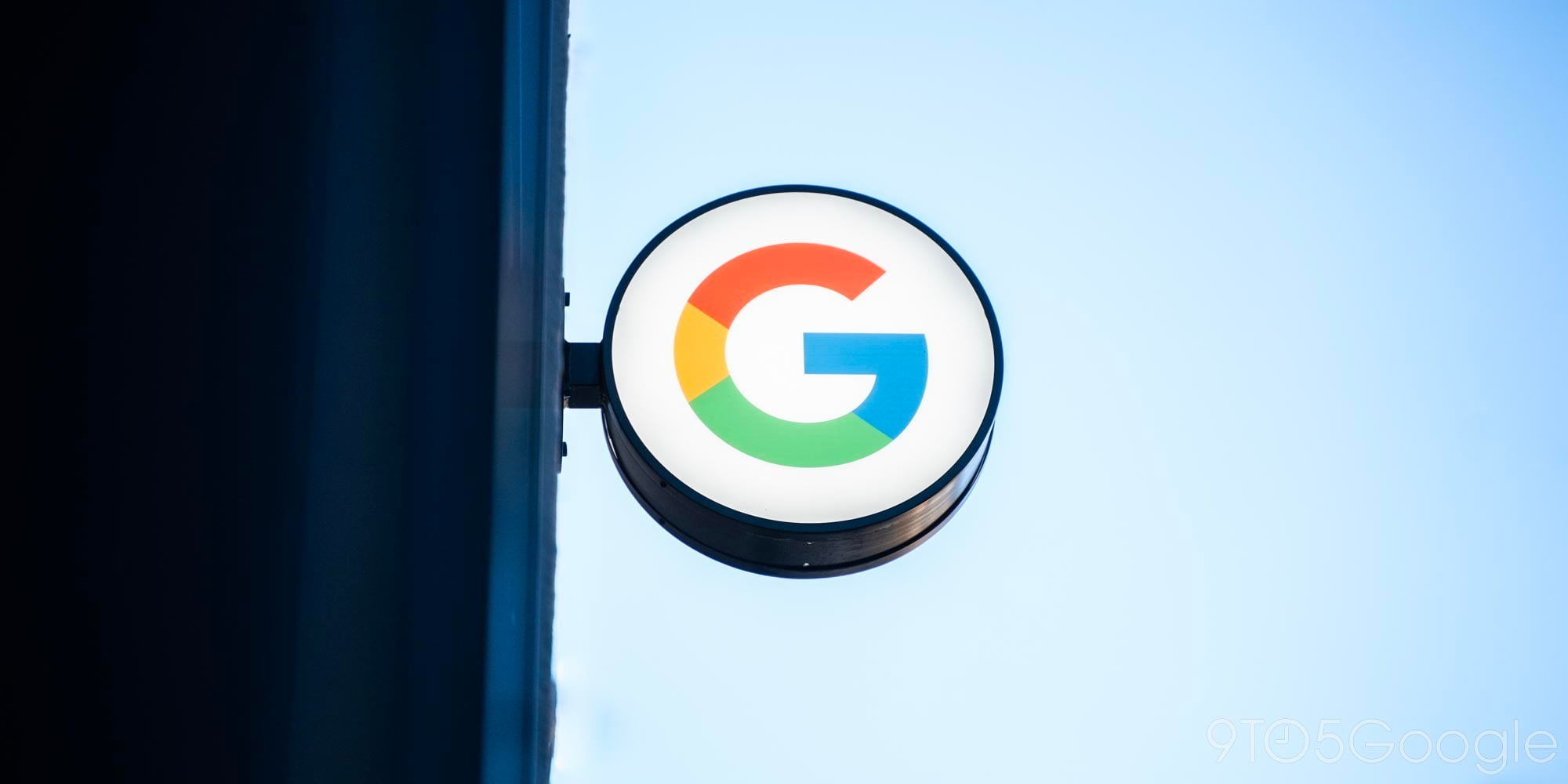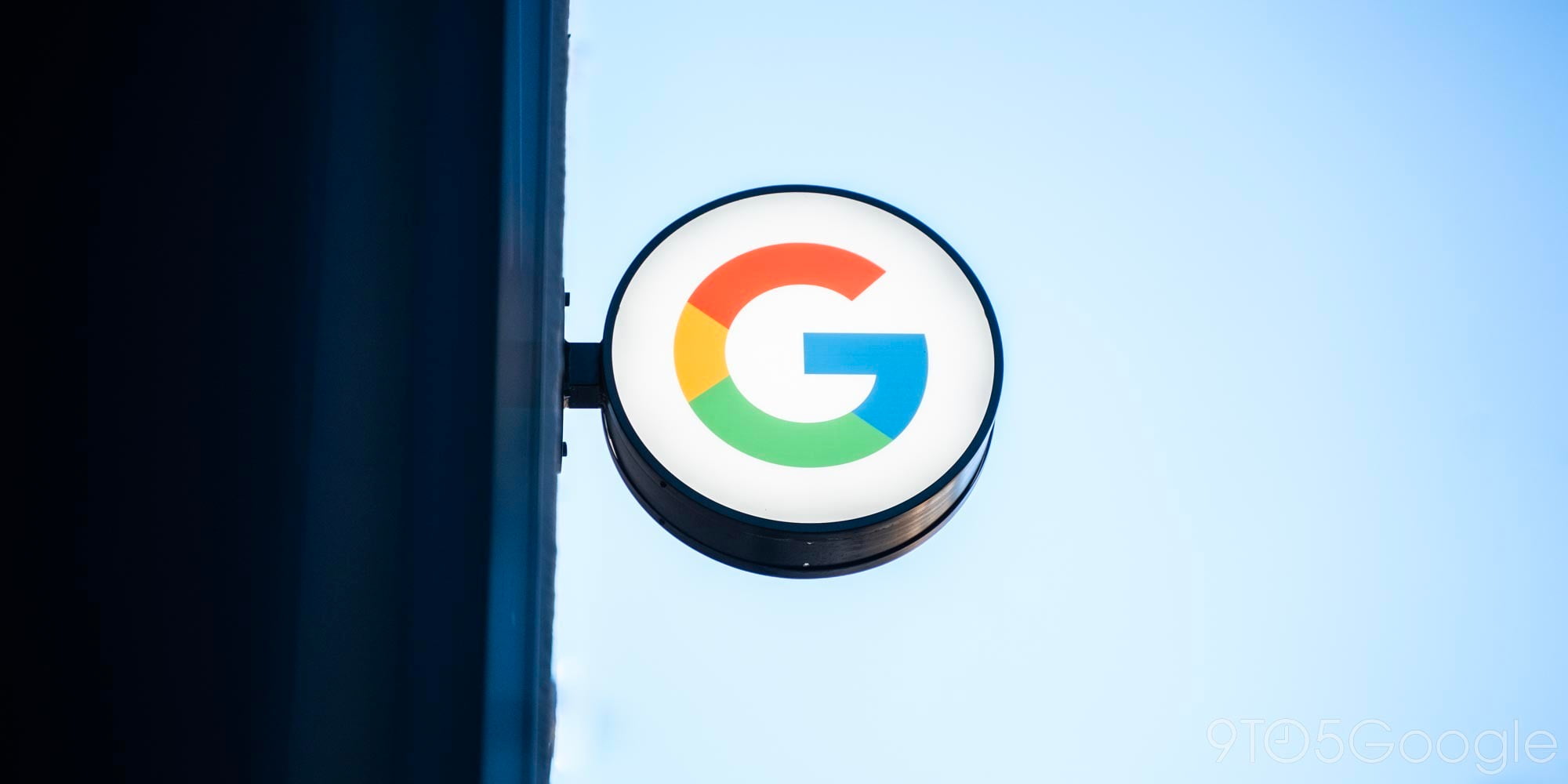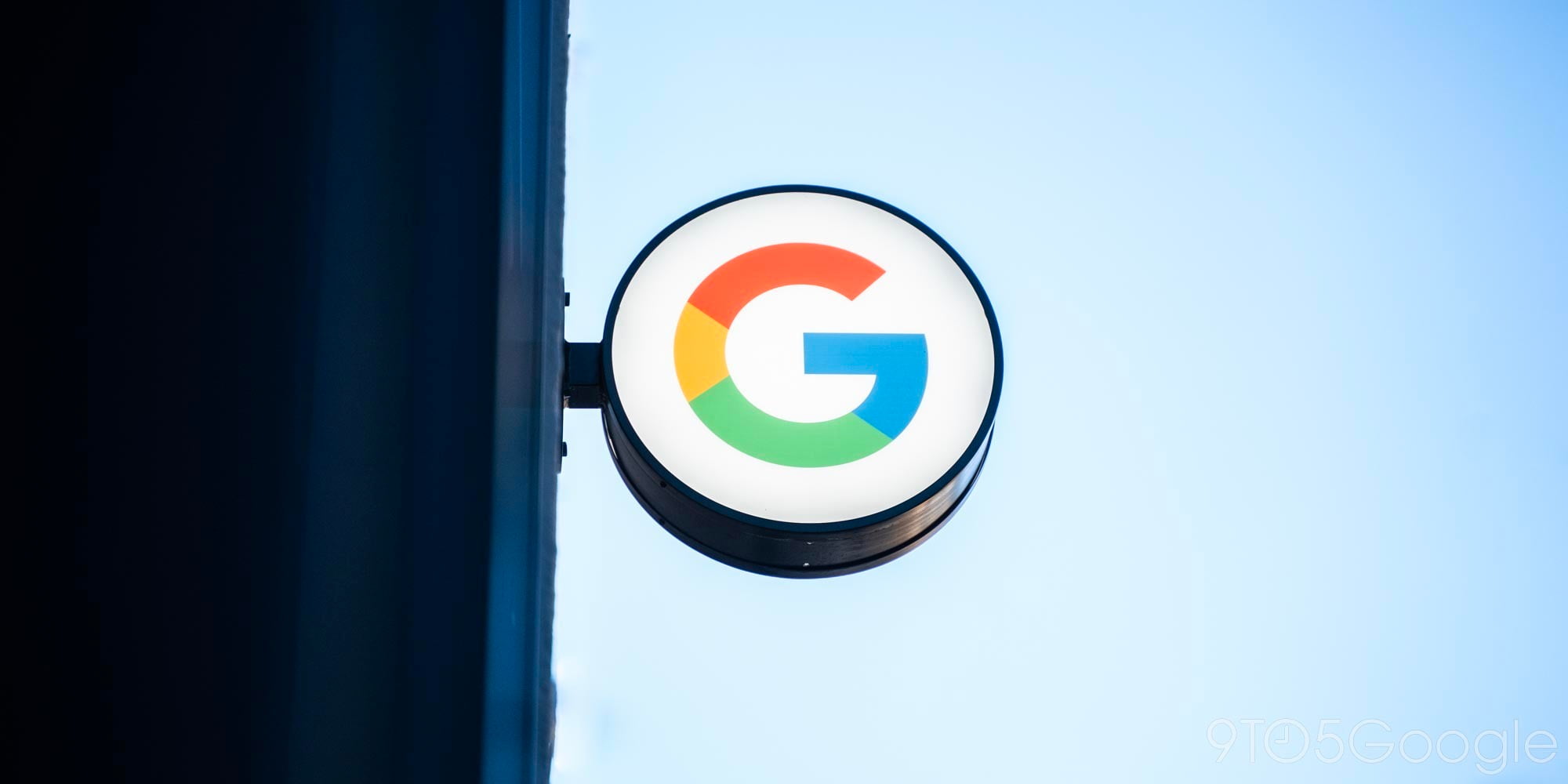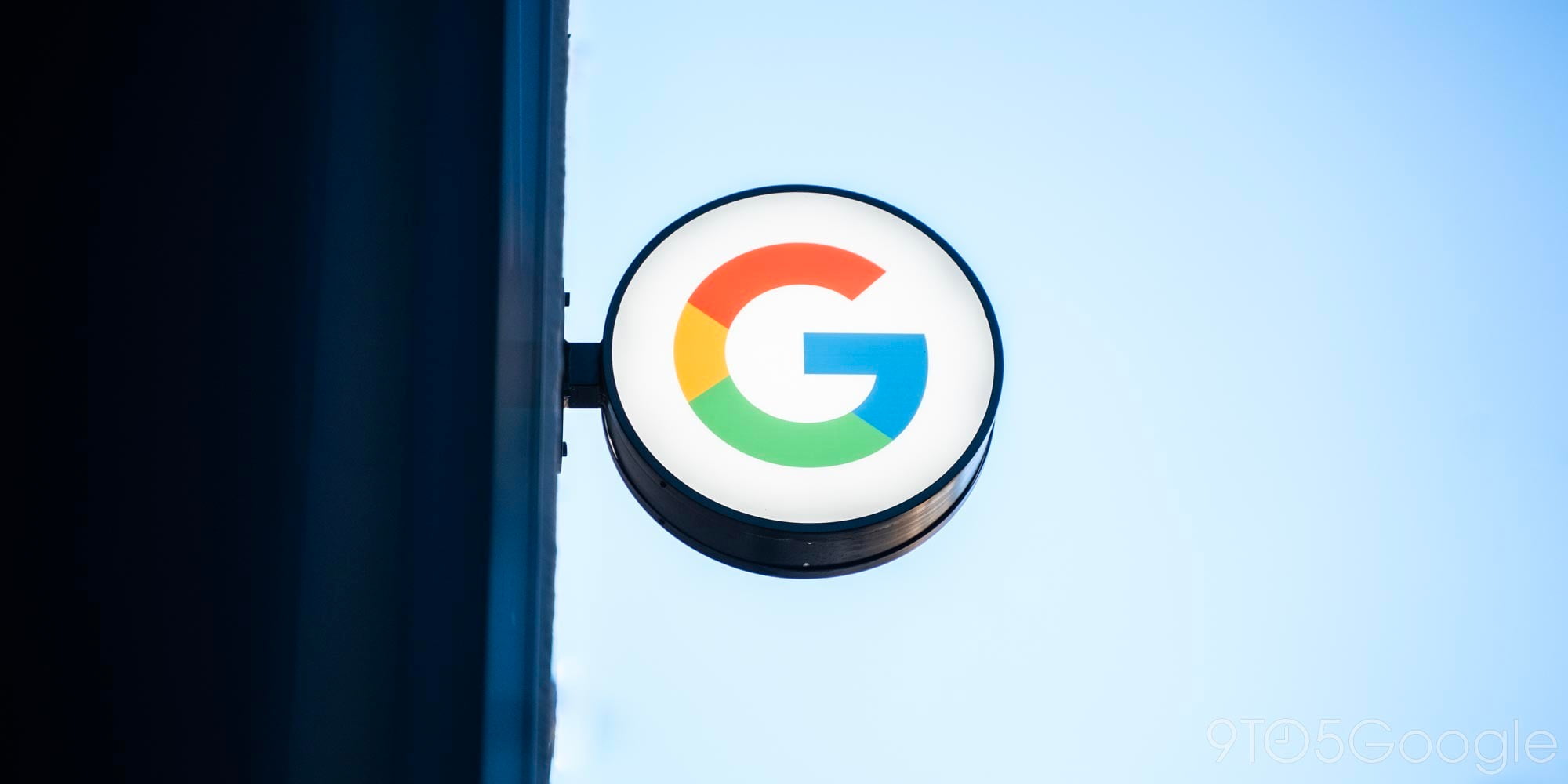
After five developer previews over an equal number of months, Google announced today that Android 9 is officially out of beta. Named “Pie,” third-party manufacturers can begin preparing device updates following the final release to AOSP. In the meantime, Android Pie is rolling out now to the Google Pixel and Pixel 2.
Android 9 is a major yearly update with Google focusing on “Simplicity” and “Intelligence” in this initial release, with “Digital Wellbeing” coming in the fall. This version introduces new gesture-based system navigation, beginning with a nav bar that primarily features a pill-shaped home button.
Simplicity
A swipe up opens the new Overview screen that uses vertical cards to provide full-screen previews of applications. Swiping the pill to the right anywhere in Android — including the homescreen — will quickly take users to their last used app. This is meant to replace the now removed multitasking button. Meanwhile, continuing to hold the home button will allow users to vertically scroll through all recent apps.
On the Pixel Launcher, this new Overview also features a Search bar and dock of five app “Suggestions.” In this card view, users can leverage Smart Text Selection to highlight text and quickly copy or take actions on addresses and phone numbers.
Similarly, Pie features a new magnifier that makes selecting an exact point of text easier. Split screen is still accessible from this screen by holding down on a card’s app icon to reveal a menu.
Quick Settings have been redesigned with a rounded panel now housing the first six toggles. From the full pane, Google unfortunately removed the ability to hold down on individual settings to access an in-line list of Wi-Fi networks, Bluetooth devices, and more. The toggles can only be tapped on/off or held down to open the full page in the Settings app, which has been redesigned on the Pixel and Pixel 2.
With colorful icons, there is now a ‘Recently sent’ notifications list that’s a part of Digital Wellbeing to aid users in managing device usage. The Battery Saver is now more subtle with the status and navigation bar no longer bright orange. Instead, only the battery icon receives an orange outline and plus sign to note that the mode is on.
A number of system settings have been tweaked, like volume controls. The physical rocker defaults to adjusting the media volume, while there is quick access to mute and vibrate-only sound modes. Holding down on the home button offers a new screenshot shortcut, while Android Pie has a new Markup tool to quickly crop and doodle on images.
Auto-rotate makes use of a new rotation confirmation button that appears in the navigation bar to manually rotate the screen. Various icons throughout Android 9 have been revamped to match the Google Material Theme. Especially evident in Quick Settings, icons are now bold outlines with hollowed out centers.
Notifications have been redesigned with a more optimized interface for messaging. You’re able to continue conversations right from alerts that can now feature inline images and smart reply suggestions from apps.
Intelligence
On the “Intelligence” front, Adaptive Battery uses machine learning models from Alphabet’s DeepMind division to prioritize power resources to your actively used apps and services. Adaptive Brightness also uses ML to find your preferred settings based on surroundings to minimize users having to manually adjust the slider.
App Actions above the app drawer anticipate upcoming tasks with smart suggestions. This includes calling suggestions, directions to navigate home, and other shortcuts like a music playlist when you plug-in headphones. This fall, Google will launch Slices to surface parts of an app right in Google Search.
For example, entering “Lyft” in the Search bar will bring up shortcuts to Home and Work that note driver ETA, pricing, and can quickly order the ride. Searching “Hawaii,” can bring up a carousel of your images from Google Photos.
Pie now supports devices with notches or “display cutouts,” along with multi-camera support given the trend of dual-sensor arrays. One unfortunate downside to notches is that even devices without a cutout can only show four icons in the status bar before dots appear to note that other alerts are present.
There is also support for HDR VP9 Video and HEIF image compression. Meanwhile, unified biometric authentication — that supports iris and face unlock — results in a standardized password prompt even in third-party apps.
Digital Wellbeing
While Digital Wellbeing is not launching until this fall, as we previously noted, Google is making a beta available for Pixel devices starting today. Accessible from Settings, a new Dashboard breaks down exactly how you use a device. This includes time spent in apps, number of received notifications, and how many times you unlock your phone.
With the App Timer, you can set limits on applications with “nudges” alerting you when you’re close, as well as grayed out launcher icons for the rest of the day. Do Not Disturb silences all visual interruptions that pop up, in addition to phone calls and texts. Wind Down mode will fade the screen into grayscale as you get ready to fall asleep to discourage pre-slumber device usage.
Users can explore usage by app with hourly and daily graphs. These pages will also include shortcuts to adjust an app’s notification settings, while developers can integrate more detailed breakdowns with deep links into in-app settings. For example, YouTube will soon gain a “Time watched” stats page after adding “Take a break” alerts.
Availability
Android 9 Pie is rolling out today for the Pixel, Pixel XL, Pixel 2, and Pixel 2 XL. Google has posted the factory and OTA images for those who don’t want to wait for the automatic update. If you need help, check out our guides on how to flash a factory image or sideload an OTA.
With eight phones in the Android P Beta, Google notes that devices from Sony Mobile, Xiaomi, HMD Global, Oppo, Vivo, OnePlus, and Essential will be updated by the “end of this fall.” Qualifying Android One phones are also included in this time frame, while Google is working with other manufacturers to launch or upgrade devices to Pie in 2018.
Check out 9to5Google on YouTube for more news:
FTC: We use income earning auto affiliate links. More.







Comments